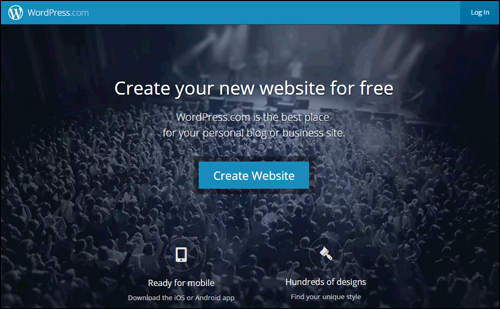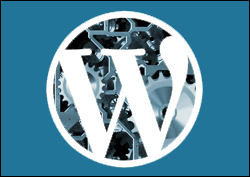
Welcome to Part 3 of our Website Traffic Blueprint article series, where we show you how to turn your website into an automated web traffic machine using the WordPress CMS platform.
In Part 1 of this series, we described the process, and explained why using an expertly configured WordPress website or blog is the key to automating traffic to your site …
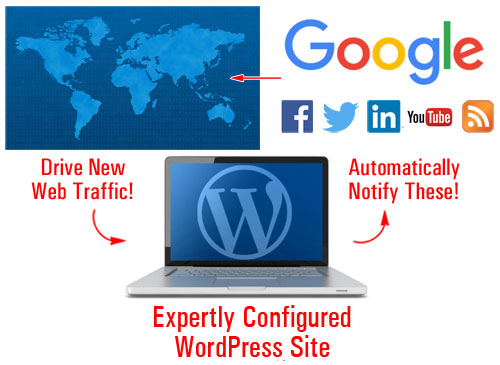
(With an expertly configured WordPress web site, all you have to do to automatically attract more web traffic is post new content consistently!)
In Part Two, we looked at the setup phase of the blueprint. We explained the best way to get started if you don’t have a web presence yet, how to set everything up if you already have a site, and what to do if your site has been built using WordPress.
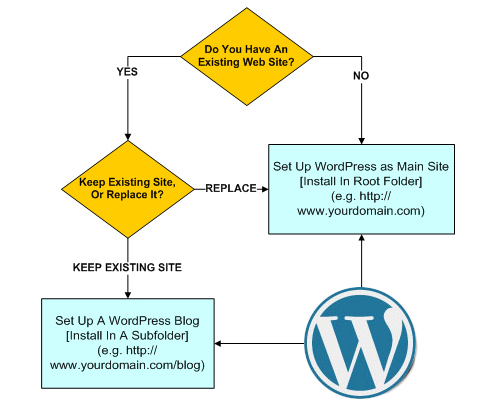
(In Part two we show you where to set up WordPress on your domain)
In this section, we look at the configuration stage of the WordPress traffic automation system. You will learn how a WordPress site should be configured in order to automatically get visitors when you post web content on your website.
WordPress Traffic Automation Blueprint – Configuration Phase
The ability to drive more traffic to one’s website is often cited by many business owners as one of their greatest challenges online. Businesses are becoming ever more competitive and are exploring any and every advantage they believe will get better results online.
Being able to automatically generate traffic on demand can provide you with a tremendous competitive advantage. For WordPress users, an expertly configured website means having an immediate advantage from the word “go”.
The Difference Is In The Way Your Site Is Configured
There is a difference between an expertly configured WordPress site and a website that has been professionally installed and set up by an expert website builder but not necessarily configured to its fullest advantage.
Here’s one way to understand the difference:
An expertly configured WordPress site gives you a professional web presence and online business marketing automation!
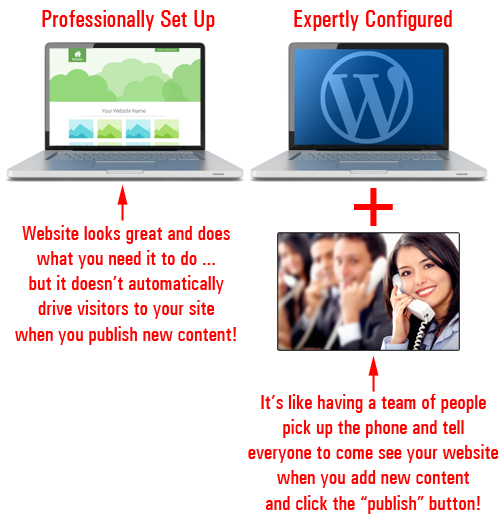
(An expertly configured site gives you a web presence with an automated online business marketing process!)
Not only does it take additional labor to build and integrate an automated online business marketing process into your website, but also a special kind of expertise.
To illustrate this point here is a little story.
Ludicrous Or Fair? You Decide …
All was running smoothly in the gizmo plant when all of a sudden, production stopped.
No one could figure out what has happened and so the manager decided to call in an expert to try and fix the problem.
The expert arrived shortly afterwards and immediately headed towards the main control box. After staring at the box for 5 minutes or so, the expert then took out a tiny hammer and made a single tap about 1 inch from the left-hand side of the control unit.
Immediately, the whole workshop lit up and began to work once more.
The manager was overjoyed as he thanked the expert, who left just as quickly as he had arrived.
A couple of days after resolving the incident, the manager received a service bill for $5,000.
The manager called the expert, demanding to know why the expert had charged them such a large amount of money for so little time delivering a minimal amount of work. He then requested an itemized invoice before hanging up.
The next day, an invoice statement arrived and was placed in the manager’s intray. Upon opening it, this is what he saw:
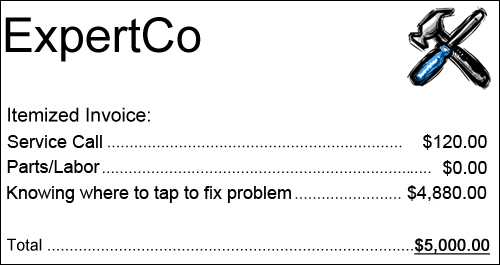
The number one challenge most businesses face online is being able to drive web traffic to their sites.
In the story we’ve just described, how much money did the widget factory stand to lose when the equipment ground to a halt and no one in the factory floor had the expertise required to fix it? Did the expert not have the right to demand fair compensation for investing years building up the knowledge and expertise that allowed him to avert a serious crisis?
Similarly, if you could have a WP website set up so all you ever had to do is publish content to it and Google, Facebook, Twitter, LinkedIn, YouTube and dozens of other web properties would be automatically notified, how much time and money would this save you?
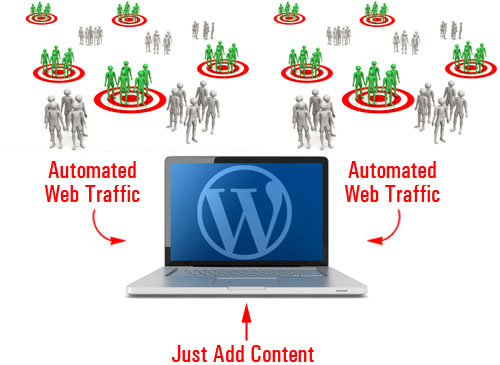
(How much better would your business be if you could automate the process of driving traffic to your website?)
Although many experts often make difficult situations and problems look easy, it rarely turns out to be that way.
Knowing how to expertly configure a WordPress site is more than adding some pages with content and configuring some basic settings. It involves knowing where to tap! This includes knowing things like:
- Which plugins you need to install to get certain functionalities on your site.
- Which accounts need to be set up to get certain results
- Which settings need to be configured to make sure things will work as planned, etc.
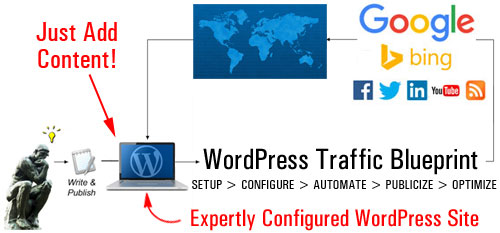
(Driving web traffic automatically with WordPress is a process that requires expertise)
Although this stage of the WordPress traffic automation system may not seem so technically challenging, it can be quite involved and time-consuming. The reason why is because it’s not just about installing and configuring one or two plugins, tweaking some options and settings in your dashboard area … it’s all of this and so much more.
Expertly configuring your website is a process that involves your web server, your WordPress site, and a number of external sites …
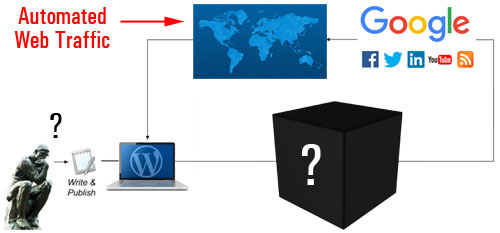
(The configuration phase involves more than just configuring some settings in WordPress)
If we try to flowchart the configuration process, it would look like this …
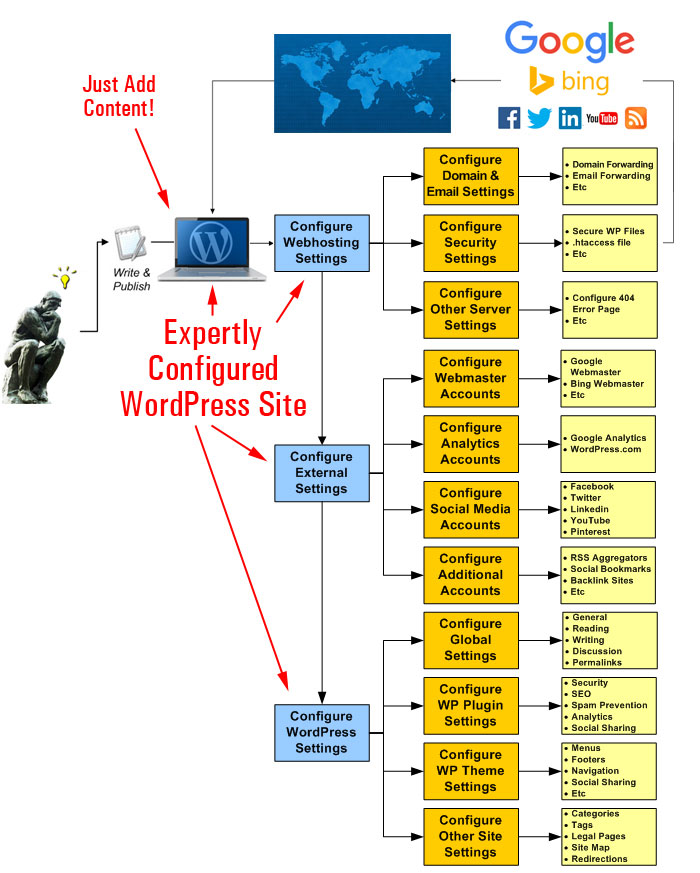
(A simplified flowchart of the configuration phase)
Let’s examine these steps.
Your Server
We’re not talking here about the process of configuring your web hosting account for site installation purposes. What we are talking about, is configuring settings in your web server specifically for handling web traffic …
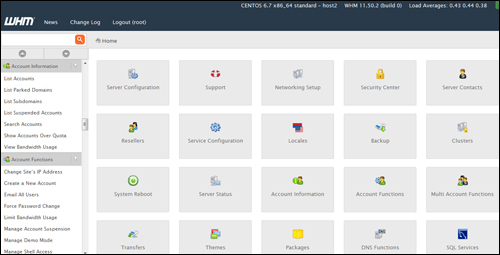
(During the configuration stage, your web server settings need to be checked for handling both good and bad traffic)
Not all traffic is positive traffic. Some of the web traffic your site may attract will be unwelcome traffic like spam, security threats, bot-hacking attempts, etc.
This part of the configuration process, therefore, requires evaluating your needs, planning for both good and bad traffic and then adjusting settings in your server accordingly. This includes looking at things like integrating spam protection and securing server files, to configuring your domain and email forwarding, etc …
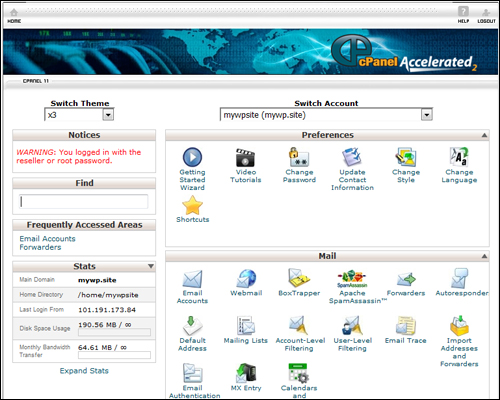
(Have you configured your webhosting settings for handling things like email forwarding, page error redirects, etc?)
Once your web server settings have been fine-tuned and configured (if required), the next step of the configuration phase is to set up a number of external sites and services.
External Services
The purpose of setting up external sites is that all content gets posted to a central location (your site) and from there, it gets distributed automatically to other components of your traffic system, or notify traffic-related web properties and applications.
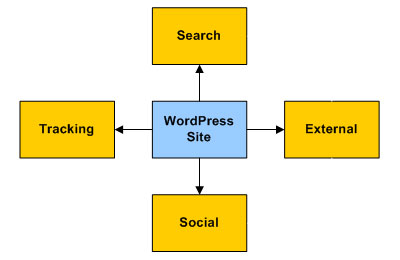
After adding these external services to your traffic system, content pointing back to your website gets automatically added to search, social and aggregator sites. Your content and website will be given additional exposure to new sources of traffic and new audiences.
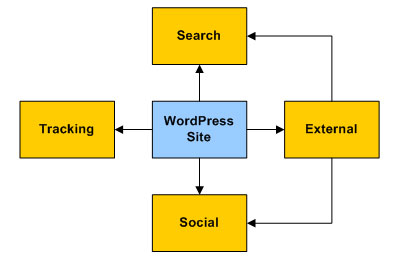
Some of the sites and online platforms will need to have accounts set up before configuring your WordPress site to help save time and some will need to be done later, during the automation phase.
For example, you will want to set up the following accounts:
Google Webmasters
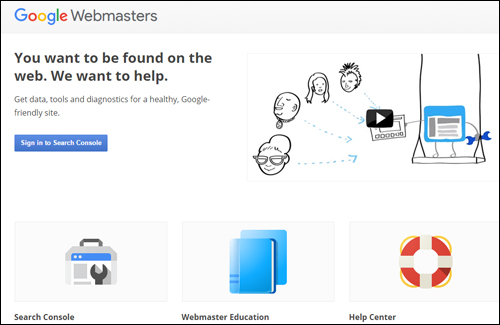
(Google Search Console – create a Google-friendly site)
Google Webmasters lets you inform Google about your site’s pages, submit XML sitemaps for faster page indexing, and provides you with a range of essential information, SEO tools and reports about your website.
After setting up your Google Webmasters account, this information can be used with web traffic-related settings and notifications in WordPress (e.g. using plugins like Yoast SEO) and other applications.
Google Analytics
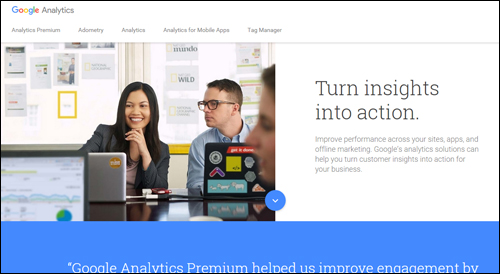
(Google Analytics)
Google Analytics lets you improve your site’s performance, SEO, marketing activities, and more, by tracking all user behaviour, pages visited, keywords searched for, social media referrers, etc.
After setting up your Once you have set up your Google Analytics account, tracking data can be integrated with WordPress using a Google Analytics plugin used with other applications.
Bing Data And Tools
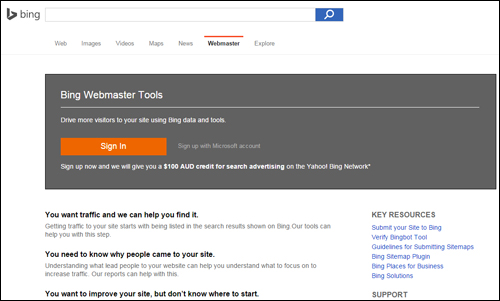
(Bing Data And Tools)
Bing Webmaster Tools is similar to Google Webmasters. After setting up your account and entering site data, you can use this information with web traffic settings and notifications in WordPress (e.g. using plugins like Yoast SEO) and other applications.
WordPress.com
(WordPress.com)
As discussed in Part Two, WordPress offers both the option of a hosted vs self-hosted website. We recommended choosing the self-hosted WordPress platform if you are planning to build a professional web presence.
WordPress.com (the hosted option), however, provides some great features, which various WordPress plugins can access. We recommend setting up an account at WordPress.com, therefore, and we’ll explain how to integrate this into your automated traffic generation system in the next installment of this article series.
Social Media

(Syndicate your content automatically to your social media sites and social bookmarking accounts and attract new traffic to your site)
You will need to set up your social media accounts in order to integrate these with your traffic generation system.
After setting up and configuring everything, you will be able to syndicate your content automatically to your social media and social bookmarking accounts and drive new traffic to your site.
Make sure you have accounts set up with all of the well-known social networks – Facebook, Twitter, Pinterest, LinkedIn, YouTube, etc.

There are loads of social sites you can set up accounts with. You don’t need to create accounts with all of them, just choose the ones that will work well with your system and/or content sharing tools (we will look at some of these tools in more detail further below and in the Automation phase).
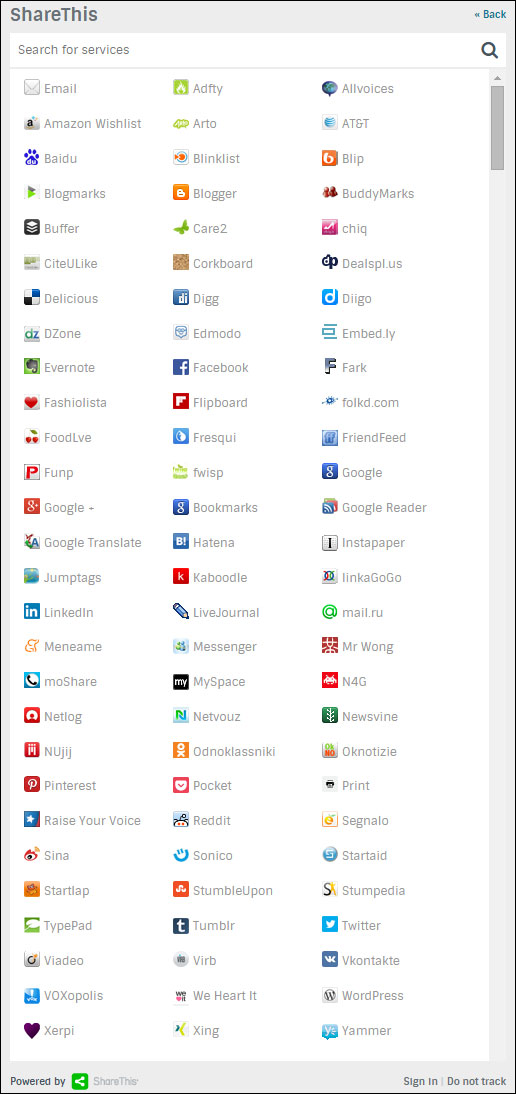
(You can post your content to loads of social sites. Image: ShareThis.com)
Additional Platforms, Content Aggregators, Etc.
There are many online web platforms and content aggregators that can act as secondary-level sources of traffic. Some are free or provide free levels, and some offer a range of pricing plans.
For example, here is a content aggregator site that lets you add your WordPress site feed …
RebelMouse
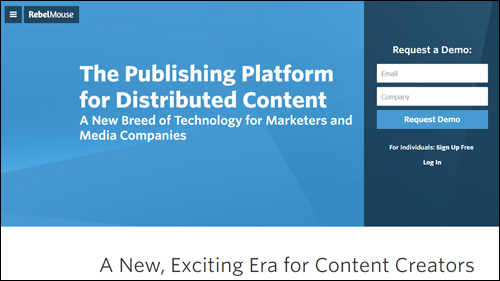
(RebelMouse – Publishing platform for distributed content)
RebelMouse is an aggregator for your RSS feeds and social profiles. Your content displays in a Pinterest-like format and visitors can follow your social feed.
![]()
There are many different technologies and third-party applications you can add to your web traffic system. Please contact us if you need assistance exploring this area further, or to discuss a configuration plan to suit your needs.
After you have configured your web server and set up external service accounts, it’s time to configure WordPress.
WordPress Traffic Configuration
The first step in configuring your site for traffic is to make sure that your global settings have been correctly set up.
Let’s go over some key areas.
Configuring WordPress Settings
The WordPress dashboard area contains a Settings menu that allows you to set up your site’s global settings …
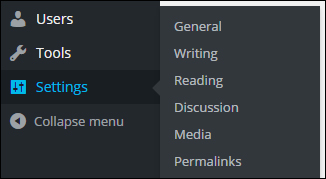
(WordPress settings menu)
General Settings
Content entered into fields like Site Title and Tagline can affect traffic by influencing your site’s SEO, search listings, etc …
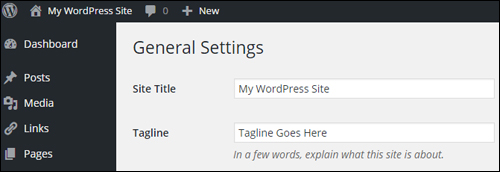
(Settings Menu – General Settings Section)
Writing
The Writing Settings area contains a powerful and frequently overlooked automated traffic notification system …
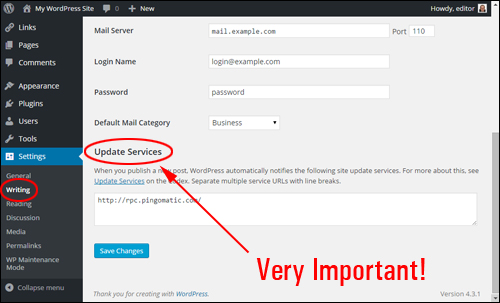
(Global Settings – Writing Settings)
As stated in the Update Services section,
When you publish a new post, WordPress automatically notifies the following site update services …
Unless you or your webmaster have purposely configured your settings to prevent search engines from indexing your site, then your site will automatically ping the list of update services entered into the Update Services box
By default, this section includes only one entry …
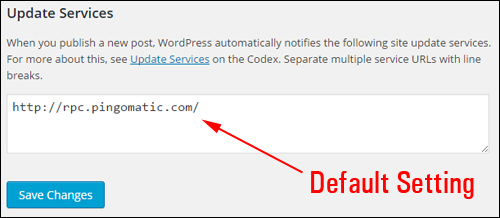
(Update Services – A Powerful Traffic Feature)
WordPress lets you notify dozens of update services automatically – just add a list of all the update services you want to notify as soon as you publish a new post to this section and WordPress will do the rest …
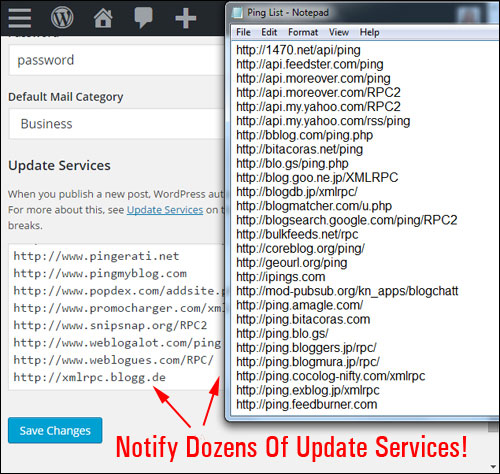
(Notify dozens of update services automatically with WordPress!)
![]()
Download A Comprehensive List Of Ping Services For Your WordPress Site!
Click the link below to download a comprehensive list of reliable and authoritative ping services for your WordPress site or blog:
Download A List Of Ping Services For Your WordPress Site
***
Note: If you need help setting up the list of ping services on your site, we recommend using a professional web services provider. You can find professional WordPress service providers in our WordPress Services Directory.
Reading Settings
This section affects how visitors will see your content when they visit your home page and blog pages.
The syndication settings in this section can influence traffic. For example, choosing to display the full text vs a summary of your post, affects how your content shows up in RSS feeds and blog post digests, and could play a part in someone’s decision to explore your site further, and whether or not they will visit your website or blog to read the rest of the content from a partial feed, or read the content in full without the need to click through to your site.
As far as your traffic system is concerned, however, the most important setting in this section is whether the Search Engine Visibility feature is ticked or not.
Normally, you want search engines to visit your site. Leaving this box unchecked allows your site to instantly notify your update services list whenever a new post is published (see Writing Settings above). Unless you have a specific reason to discourage search indexing spiders from visiting your site, do not check this box …
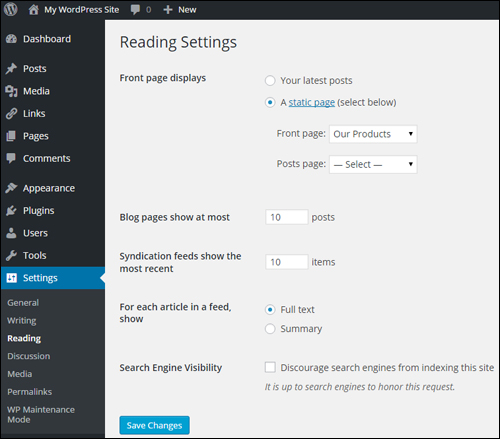
(Global Settings – Reading Settings)
Discussion
Although discussion settings are mostly concerned with how users engage with content on your site, you have the option to allow notifications to sites linked to from your articles, and to allow link notifications from other blogs (pingbacks and trackbacks). This can work for you, but it can also drive bad traffic in the form of SPAM comments …
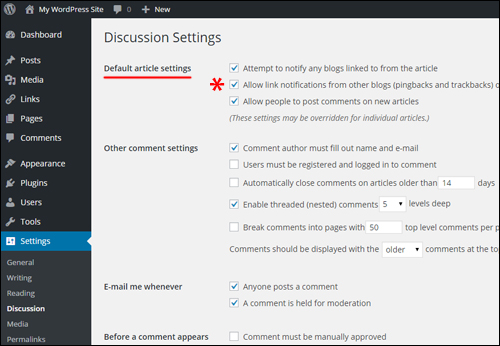
(Global Settings – Discussion Settings Screen)
Permalink Settings
Your Permalink settings allow your site to publish posts with search engine-friendly URLs …
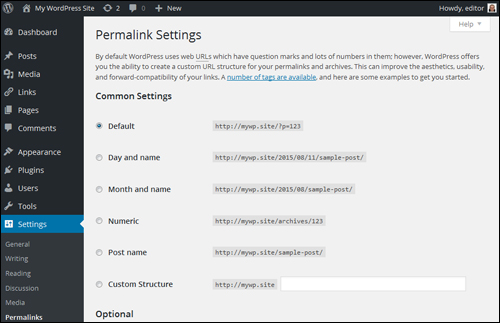
(Global Settings – Permalink Settings)
Here are some of the ways your permalink URLs can be configured …
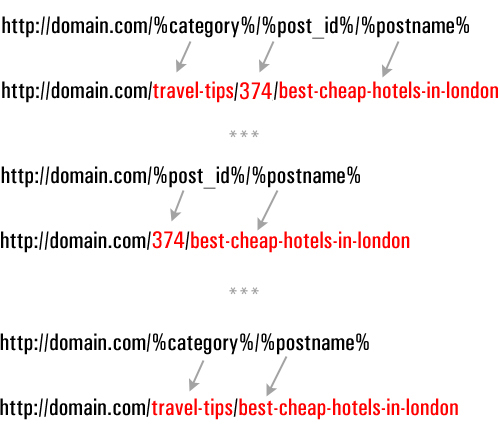
(Configuring search-friendly URLS)
To learn more about setting up permalinks, go here: How To Set Up WordPress Permalinks
Configuring WordPress Traffic Generation Plugins
The WordPress developer community makes available plugins that help to add almost every type of functionality imaginable to your website, including traffic generation.
Here are some types of plugin categories that affect traffic and plugin examples
Security Plugins – Blog Defender
Once again, it’s important to configure your site for dealing with both good traffic and bad traffic. No website is safe from being attacked by hackers.
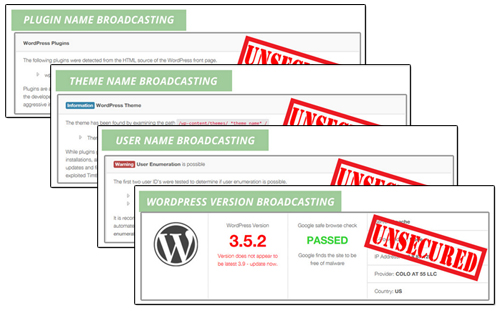 (Security Plugins stop bad traffic from harming your web presence)
(Security Plugins stop bad traffic from harming your web presence)
Security plugins like Blog Defender help to make your WordPress blog invisible to botnets and hackers.
For more details, go here:
WordPress SEO Plugins – Yoast SEO
SEO plugins help drive more traffic by improving improving the way search engines like Google find and index your website …

(Yoast SEO – WP Plugins For SEO)
A plugin like Yoast SEO (formerly known as WordPress SEO by Yoast) can improve your site’s search engine optimization. When properly configured, the Yoast SEO plugin not only makes your website easier for search engines to index, it also gives you control over how your content is presented in Google’s search results and social media pages, e.g. Facebook, Twitter, and GooglePlus.
Social Plugins
Allowing visitors to easily share your content with others online can help drive more traffic to your site, especially if your site provides great content that adds real value to readers.

(You can add social features to your website easily with WordPress plugins)
There are many social sharing plugins available for WordPress.
Many social share plugins let you select which social sites your content can be shared to, embed social buttons into your content, set up custom post messages, display/hide share counters (e.g. number of likes), etc. Some plugins even allow you to set up protected content sections on your site which visitors can unlock by liking your page.
Configuring WordPress Traffic Features In Themes
As well as configuring various plugins, many WordPress themes also include features that can help grow your traffic.
For example, as well as options and settings for configuring the layout and design of your website, some themes also include options for improving SEO and site navigation structure for faster indexing, easily add analytics code, social sharing buttons, etc …
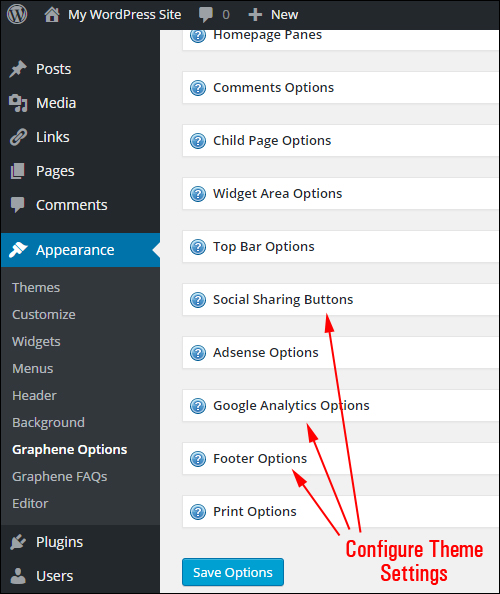
(Many themes like Graphene (a highly customizable free theme) come with built-in traffic optimization features)
With many WordPress themes, adding social sharing buttons to your content is as easy as selecting the option to enable this functions …

(Many WordPress themes provide built-in social sharing features)
Additional Sections Of WordPress To Configure For Better Traffic Flow
Last (but by no means least) in the web traffic system configuration process, are the areas that need to be configured outside of the global settings.
This includes:
Compliance Web Pages
Once again, when preparing your site for an increase in visitor numbers, it’s important to plan not only for both bad and good traffic but also for all the things that can go wrong as more and more people start finding and visiting your website.
If you do business online (or plan to), it’s important that your website remains compliant with all regulations.
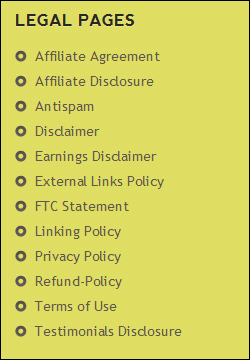 (Does Your Site Comply With All Legal Requirements?)
(Does Your Site Comply With All Legal Requirements?)
If you need help adding legal pages to WordPress, see this article:
Post Tags And Categories
Post categories & tags help to improve your site’s search engine optimization, which improves traffic.
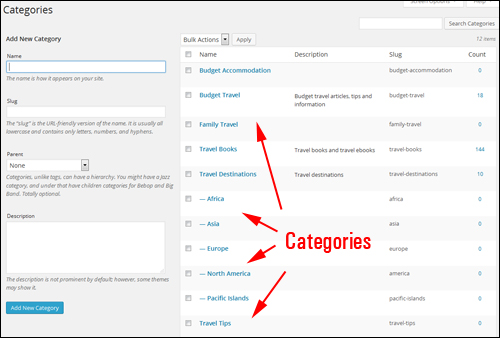
(Post categories help to improve your site’s search optimization, which helps to increase traffic.)
As we recommend in this article, your site’s post tags and post categories should be set up earlier on, during the Website Planning Phases.
In the configuration phase, you will want to review and make sure that your site’s categories and tags have been correctly set up to deliver optimal results.
Add A Site Map
A site map that lists all of your site’s pages and posts to visitors is not only a useful navigation tool for users, it can also help external applications find more of your web content …
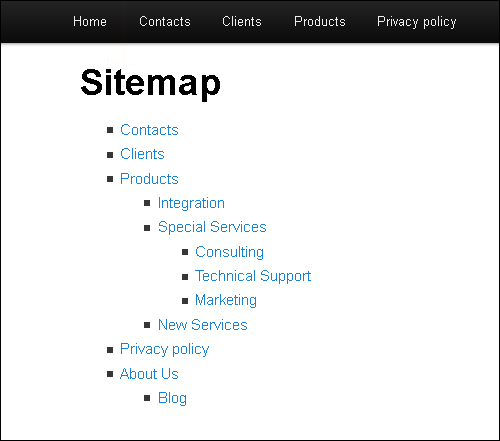
(Site Map – great for visitors and beneficial for traffic too!)
![]()
It’s important to note that an HTML site map and an XML sitemap are two different things. Although search engines like Google will index your site just using an XML sitemap (which plugins like Yoast SEO will create for you – see earlier section), allowing visitors to find more pages on your site results in increased traffic.
Don’t Forget Your WordPress 404 Page Not Found
When online users enter the wrong web address or click on a dead link, they are greeted with an error page …
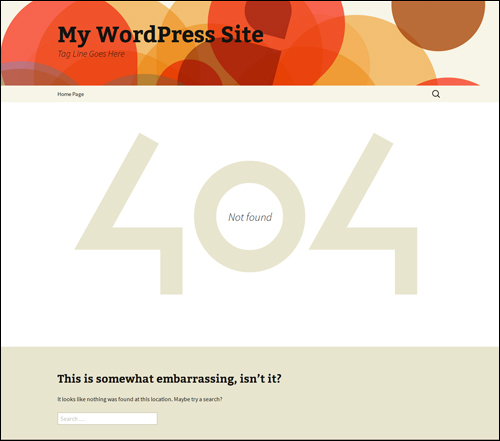
(Default WordPress 404 Page)
Configuring your 404 Error Page allows you to redirect traffic that may otherwise be lost. …
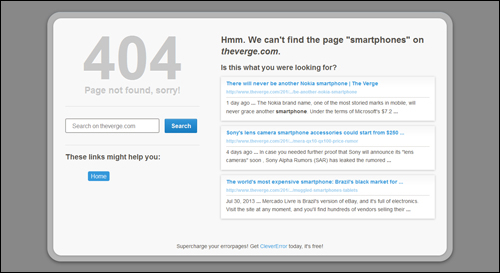
(Configuring your 404 Error Page allows you to recover web traffic that may otherwise be lost.)
![]()
Although a 404 page can be set up on your server, there are several WordPress plugins that let you easily configure your 404 page inside your WordPress dashboard.
WordPress Traffic Automation System: Configuration Process – Summary
Once your WordPress site has been expertly configured and fully set up, all you need to do to attract traffic is publish web content regularly.
The process of expertly configuring your WordPress site, however, is quite involved and elaborate and requires the configuration and integration of a number of different components and web properties …
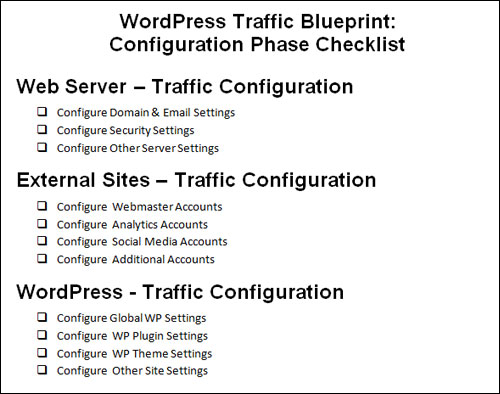
(Traffic System – Configuration Phase Checklist)
![]()
The kind of skills and knowledge involved in expertly configuring a WordPress site can take many web developers a long time to acquire.
Once you have expertly configured your WordPress site, the next step is to automate as much of the process as you can. This step is addressed in the next article in our WordPress Traffic Blueprint series.
This is the end of Section 3
To read more, click on the link below:

![]()
This tutorial is part of an tutorial series aimed at helping you learn how to grow your business online using a WordPress-driven website and proven online marketing methods.
Subscribe Using The Form Below And Get Notified When New Tutorials Get Published!
***
"I was absolutely amazed at the scope and breadth of these tutorials! The most in-depth training I have ever received on any subject!" - Myke O'Neill, DailyGreenPost.com
***
